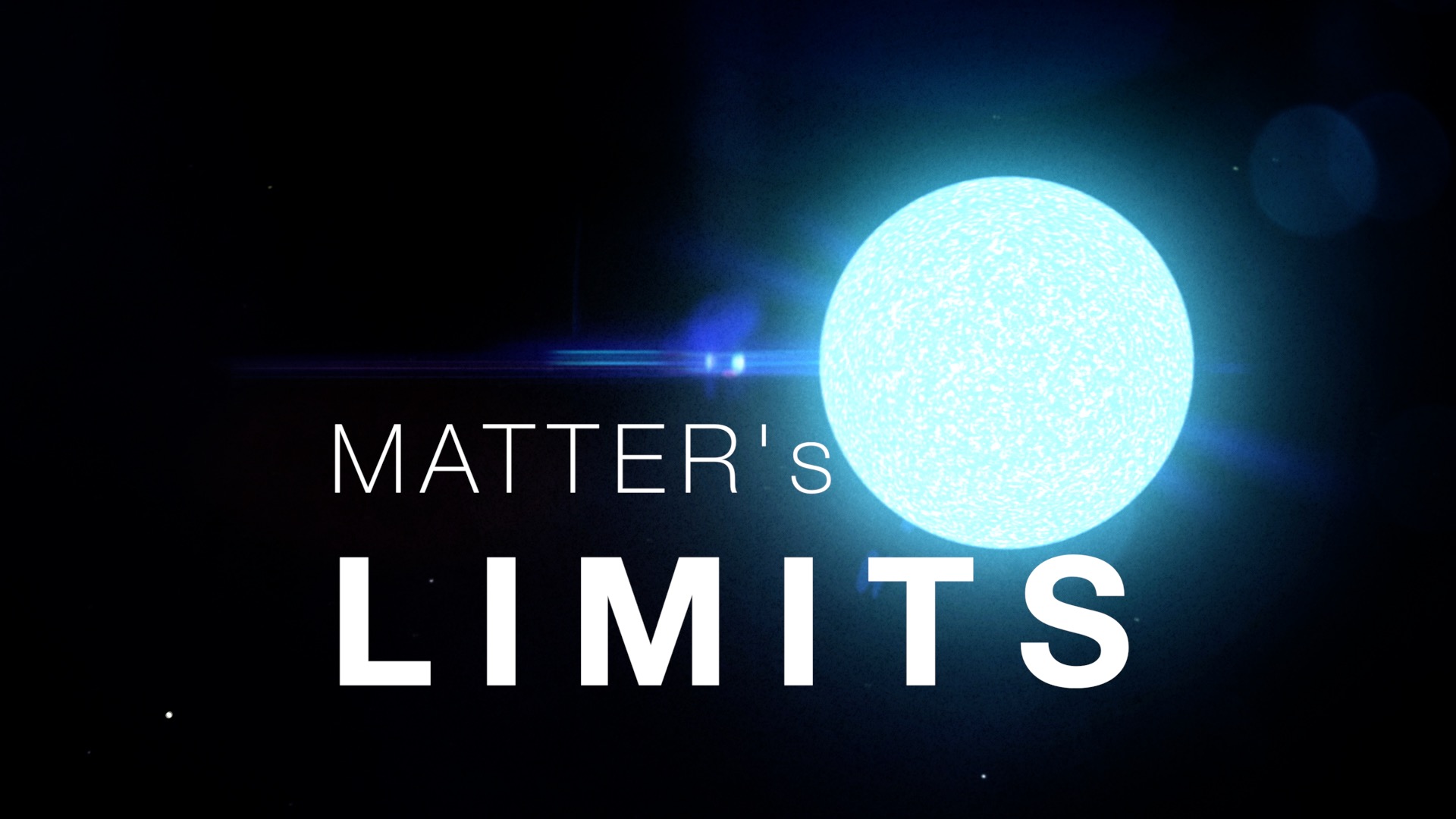NASA’s NICER Sizes Up a Pulsar, Reveals First-ever Surface Map
Watch how NASA’s Neutron star Interior Composition Explorer (NICER) has expanded our understanding of pulsars, the dense, spinning corpses of exploded stars. Pulsar J0030+0451 (J0030 for short), located 1,100 light-years away in the constellation Pisces, now has the most precise and reliable measurements of both a pulsar’s mass and size to date. The shapes and locations of its hot spots challenge textbook depictions of these incredible objects.
Music: "Uncertain Ahead" and "Flowing Cityscape" (underscore). Both from Universal Production Music
Credit: NASA's Goddard Space Flight Center
Watch this video on the NASA Goddard YouTube channel.
Complete transcript available.
Scientists have reached a new frontier in our understanding of pulsars, the dense, whirling remains of exploded stars, thanks to observations from NASA’s Neutron star Interior Composition Explorer (NICER). Data from this X-ray telescope aboard the International Space Station has produced the first precise and dependable measurements of both a pulsar’s size and its mass.
The pulsar in question, J0030+0451 (J0030 for short), is a solitary pulsar that lies 1,100 light-years away in the constellation Pisces. While measuring the pulsar's heft and proportions, NICER revealed that the shapes and locations of million-degree hot spots on the pulsar’s surface are much stranger than generally thought.
Using NICER observations from July 2017 to December 2018, two groups of scientists mapped J0030’s hot spots using independent methods and converged on nearly identical results for its mass and size. One team, led by researchers at the University of Amsterdam, determined the pulsar is around 1.3 times the Sun’s mass, 15.8 miles (25.4 kilometers) across and has two hot spots — one small and circular, the other long and crescent-shaped. A second team found J0030 is about 1.4 times the Sun’s mass, about 16.2 miles (26 kilometers) wide and has two or three oval-shaped hot spots. All spots in all models are in the pulsar’s southern hemisphere — unlike textbook images where the spots lie on opposite sides other at each magnetic poles.
One team, led by researchers at the University of Amsterdam, determined J0030 is 1.3 times the Sun’s mass, 15.8 (25.4 kilometers) across and has two spots — one small and circular and the other long and crescent-shaped. This visualization shows J0030 from its equator, 90 degrees from the spin axis.
Credit: NASA’s Goddard Space Flight Center/CI Lab
The spot-and-crescent J0030 visualization, shown 144 degrees from the spin axis for a clear view of the hot spots.
Credit: NASA’s Goddard Space Flight Center/CI Lab
The Amsterdam-led team determined that NICER’s line of sight onto the pulsar is 54 degrees from the spin axis, as shown in this wireframe animation. The pulsar is so dense its gravity warps nearby space-time — the “fabric” of the universe as described by Einstein’s general theory of relativity. Space-time is so distorted that light from the side of the pulsar facing away from us is “bent” and redirected into our view, shown by the warped gridlines. This makes the star look bigger than it really is.
Credit: NASA’s Goddard Space Flight Center
This wireframe shows the spot-and-crescent model from J0030’s equator.
Credit: NASA’s Goddard Space Flight Center
A wireframe of the spot-and-crescent J0030 model, seen 144 degrees from the spin axis.
Credit: NASA’s Goddard Space Flight Center
Another team, led by a researcher at the University of Maryland, found that J0030 is 1.4 times the Sun’s mass, about 16.2 miles (26 kilometers) wide and has two or three oval hot spots. This visualization shows the three-oval model from the equator, 90 degrees from the spin axis.
Credit: NASA’s Goddard Space Flight Center/CI Lab
The three-oval J0030 visualization, show 144 degrees from the spin axis.
Credit: NASA’s Goddard Space Flight Center/CI Lab
The Maryland-led team calculated that NICER views J0030 58 degrees from its spin axis, as shown in this wireframe. The two teams determined slightly different viewing angles based on their independent modeling methods.
Credit: NASA’s Goddard Space Flight Center
This wireframe shows the three-oval J0030 model from the equator.
Credit: NASA’s Goddard Space Flight Center
This wireframe shows the three-oval J0030 model, 144 degrees from the spin axis.
Credit: NASA’s Goddard Space Flight Center
This visualization shows the spot-and-crescent and three-oval models side by side. J0030 challenges the traditional textbook image of pulsars. Scientists are still trying to understand what caused the shape and arrangement of its hot spots.
Credit: NASA’s Goddard Space Flight Center/CI Lab

NICER is an X-ray telescope aboard the International Space Station.
Credit: NASA
Simulation of a possible quadrupole magnetic field configuration for a pulsar with hot spots in the only the southern hemisphere.
Credit: NASA's Goddard Space Flight Center
For More Information
Credits
Please give credit for this item to:
NASA's Goddard Space Flight Center. However, individual items should be credited as indicated above.
-
Producer
- Scott Wiessinger (USRA)
-
Science writers
- Jeanette Kazmierczak (University of Maryland College Park)
- Francis Reddy (University of Maryland College Park)
-
Scientist
- Zaven Arzoumanian (NASA/GSFC)
-
Animator
- Michael Lentz (USRA)
-
Visualizers
- Sharon Morsink (University of Alberta)
- Alice Harding (NASA/GSFC)
-
Narrator
- Barb Mattson (University of Maryland College Park)
-
Editor
- Scott Wiessinger (USRA)
Release date
This page was originally published on Thursday, December 12, 2019.
This page was last updated on Monday, July 15, 2024 at 12:12 AM EDT.
Missions
This visualization is related to the following missions:Series
This visualization can be found in the following series:Papers used in this visualization
https://iopscience.iop.org/journal/2041-8205/page/Focus_on_NICER_Constraints_on_the_Dense_Matter_Equation_of_State
https://iopscience.iop.org/journal/2041-8205/page/Focus_on_NICER_Constraints_on_the_Dense_Matter_Equation_of_State

